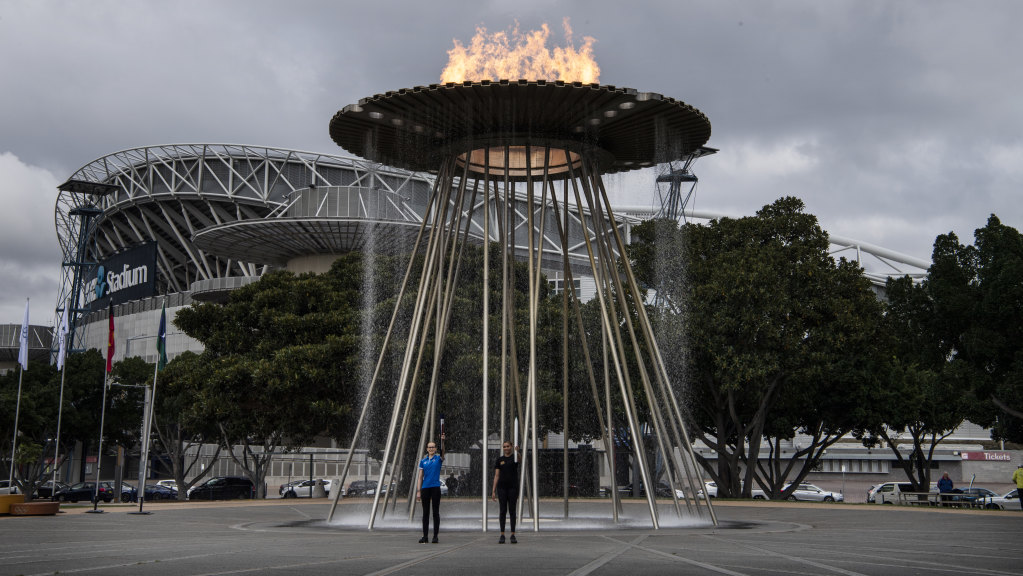Today is the 20 year anniversary of the opening ceremony of Sydney 2000 Olympics. I remember the excitement and anticipation. The question on everyone’s lip was “who would light the flame and how?” Most people agreed with the top secret choices. Cathy Freeman – our biggest medal hopeful, an Aboriginal and a woman. The Sydney 2000 Olympics also celebrated 100 years of women competing in the Games. I think the concept of creating fire from water was very clever given Australia is an island.
It wasn’t until after the opening ceremony that Australia and the world was told a secret. When the flame (ring of fire) stopped on the rise to the cauldron, it wasn’t for dramatic effect. There was a problem. But, fortunately it was fixed just in time.
To celebrate today’s milestone, the Olympic cauldron was re lit. It now permanently resides in Cathy Freeman Park, Sydney Olympic Park. Unfortunately, due to COVID restrictions Cathy Freeman was unable to attend today’s ceremony in person.

When we lived in Sydney our house was in the suburb of Newington created from the old athlete’s village. One thing that disappoints me is apparently there is no list of which athletes/countries lived in each house. I would love to know the history of our house.
I loved living so close to a major part of Australia’s history. I loved spending time in Sydney Olympic Park and wished I had attended Sydney 2000. Despite this I was grateful to have attended the Paralympics and experienced some of the excitement.
The lighting of the cauldron today was not the first time it was re lit. I have seen it on a few occasions. I love it. It is an amazing experience to look up and see it burning. For me was like a beacon of hope making me think of the future and possibilities of life.
See photos of my previous visits below.
https://www.inspiringmax.com/weekly-photo-challenge-sydney-2000-flame/








